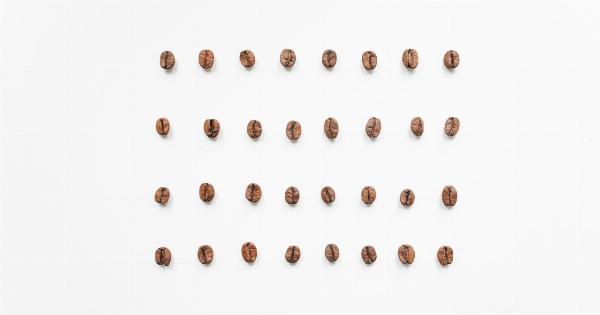Alcohol consumption has been a part of human culture for thousands of years but unfortunately, it is also one of the major causes of liver disease.
While the occasional drink may not harm you- excessive drinking can lead to serious health problems such as liver damage. The liver is a vital organ that needs to function well to remove toxins from the body. In this article, we will explore the hidden damage of alcohol on the liver and the consequences of long-term use.
How Alcohol Affects your Liver
Alcohol is metabolized in the liver. When it enters the liver, it is broken down by enzymes into nutrients which are then supplied to the body for energy. However, the liver can only handle so much alcohol at once.
If consumed in large quantities, it can cause damage to liver cells.
Over time, excessive alcohol consumption can lead to fatty liver disease. This is because the liver has to work harder to process alcohol and as a result, it stores more fat than it should.
This can lead to inflammation and swelling of the liver, putting you at risk of liver cirrhosis or liver cancer.
The Stages of Liver Disease
There are three stages of liver disease that can result from alcohol consumption- fatty liver disease, alcoholic hepatitis, and cirrhosis. Fatty liver disease is the first stage, and it is characterized by the accumulation of fat in the liver.
This condition typically does not show any symptoms and can be reversed by quitting alcohol. However, if left untreated, it can lead to serious complications.
The second stage of liver disease is alcoholic hepatitis. As the name implies, this condition is caused by excessive alcohol consumption over a long time. Symptoms of alcoholic hepatitis include jaundice, abdominal pain, and fever.
At this stage, the liver has already been damaged, and if alcohol consumption is not stopped, it can progress to cirrhosis.
The final stage of liver disease caused by excessive alcohol consumption is cirrhosis. This condition occurs when the liver tissue is severely damaged and replaced by scar tissue.
Symptoms of cirrhosis include swelling of the legs and abdomen, jaundice, and confusion. At this stage, the damage to the liver is irreversible, and a person’s life expectancy reduces significantly.
The Importance of Quitting Drinking
The only way to prevent further damage to the liver is to quit drinking completely. Quitting alcohol is not an easy task, and it requires support from loved ones and medical professionals.
There are various treatments available, including group therapy and inpatient rehabilitation.
Quitting alcohol can help to reverse liver damage, and it can prevent it from getting any worse. It is never too late to quit drinking, and it is always the right decision for your health.
The Role of Nutrition in the Recovery of the Liver
Nutrition plays a significant role in the recovery of the liver. A healthy diet can help the liver to regenerate and can reduce the risk of further damage. A diet rich in fruits, vegetables, and whole grain is the best way to support liver health.
Avoiding processed foods, fried foods, and sugary drinks can also improve liver function.
A significant part of a healthy diet for the liver is hydration. Drinking a lot of water can help flush out toxins from the liver and keep it hydrated, which in turn improves its ability to function correctly.
Conclusion
In conclusion, alcohol consumption can have severe consequences on the liver. While it is okay to enjoy a drink occasionally, it is essential to avoid excessive drinking to prevent liver damage.
If you notice any symptoms of liver disease, such as yellowing of the skin or eyes, abdominal pain, or swelling in the legs or abdomen, seek medical attention immediately. Quitting alcohol is the first step to prevent further damage to the liver, and following a healthy diet can help to support its recovery.






























